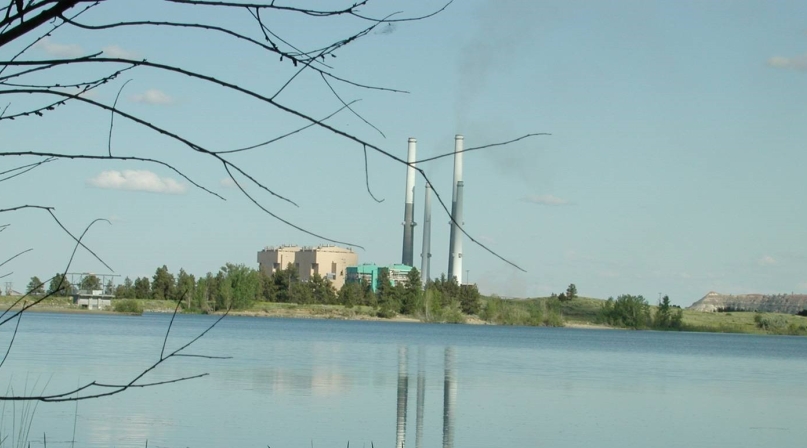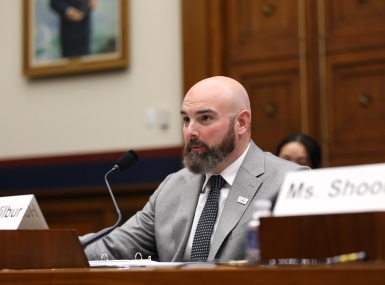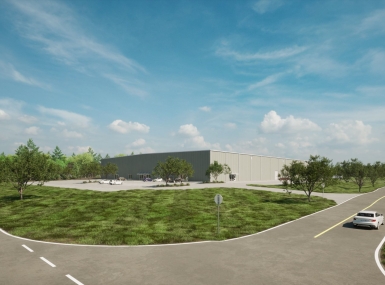Even a ‘Colstrip’ has economic options
Upcoming Events
Related News

Key Takeaways
By the time the Rosebud County, Mont. community of Colstrip called on the Southeastern Montana Development Corporation (SEMDC) in 2015, the economic situation was beyond urgent.
With a population of just over 2,000, Colstrip was built on coal mining and power generation, industries which employ hundreds and contribute significant tax revenue.
Learn more
NACo invites all those interested to join the BRECC National Network
But downsizing in the industries impacted Colstrip in the late 20th century, and diversification wasn’t “an” option, it was “the” option.
Jim Atchison, SEMDC’s executive director, stressed that despite the community’s place in the broader trends of America’s energy transition, Colstrip’s story was still being written.
Atchison spoke during the Jan. 26 convening of the Building Resilient Economies in Coal Communities (BRECC) National Network. NACo’s BRECC Initiative is a community of practice supported by funding from the U.S. Economic Development Administration, and over the next two years, the BRECC National Network will hold a virtual learning series, featuring a live webinar every other month for local leaders who are on the ground in coal country, working to increase economic resilience and position their communities for a bright future.
Responding to community concerns, SEMDC released the Colstrip Economic Diversification Strategy in 2017. It contained six goals and 17 strategies, boiled down into five major projects:
- an expansion of broadband capacity
- the development of an industrial park, called the Colstrip Energy Park
- the creation of a Business Innovation Center, slated to begin construction in the coming months
- the development of a Geographic Information Systems (GIS) site selector tool, and
- the launch of a regional marketing campaign, which has helped attract new residents to Colstrip, including remote workers.
There are spinoff opportunities in this approach. SEMDC is exploring the potential of “value-added energy,” modeled on value-added agriculture. By capitalizing on a fuller range of Colstrip’s assets, like rare earth resources and sites amenable to renewable energy, the city can evolve from a coal hub into an energy hub.
Momentum is key in economic revitalization programs. “When people found out what we were doing,” Atchison told attendees, there “was a ‘wow’ factor.” Moreover, in the past couple of years, SEMDC redoubled community engagement efforts — and efforts to engage state officials. In early 2023, for example, representatives from SEMDC attended a well-received legislative reception in Montana’s state capital of Helena.
Atchison emphasized that “successful economic development is a team sport.” Economic revitalization is a long-term undertaking, and SEMDC has found that relationships begun early in the diversification process are now coming to fruition.
“You never know who you meet and, [in] those relationships you’re creating today, what benefits they’re going to bring you four or five years from now.”
Attachments
Related News

NACo testifies before Congress on brownfields revitalization
On May 7, Oswego County, N.Y. Clerk Terry Wilbur testified on behalf of NACo before the U.S. House Subcommittee on Water Resources and Environment at a hearing titled “Cleaning Up the Past, Building the Future: The Brownfields Program”.

County’s groundwork helps set the stage for energy breakthrough
Amid the high-level work that put groundbreaking geothermal energy projects into Beaver County, Utah, the local work has been crucial to making the endeavors a success.

North Carolina county shell building program draws new businesses
Nash County, N.C. invites potential new businesses to see themselves and their operations in large shell buildings the county erects in its business parks.